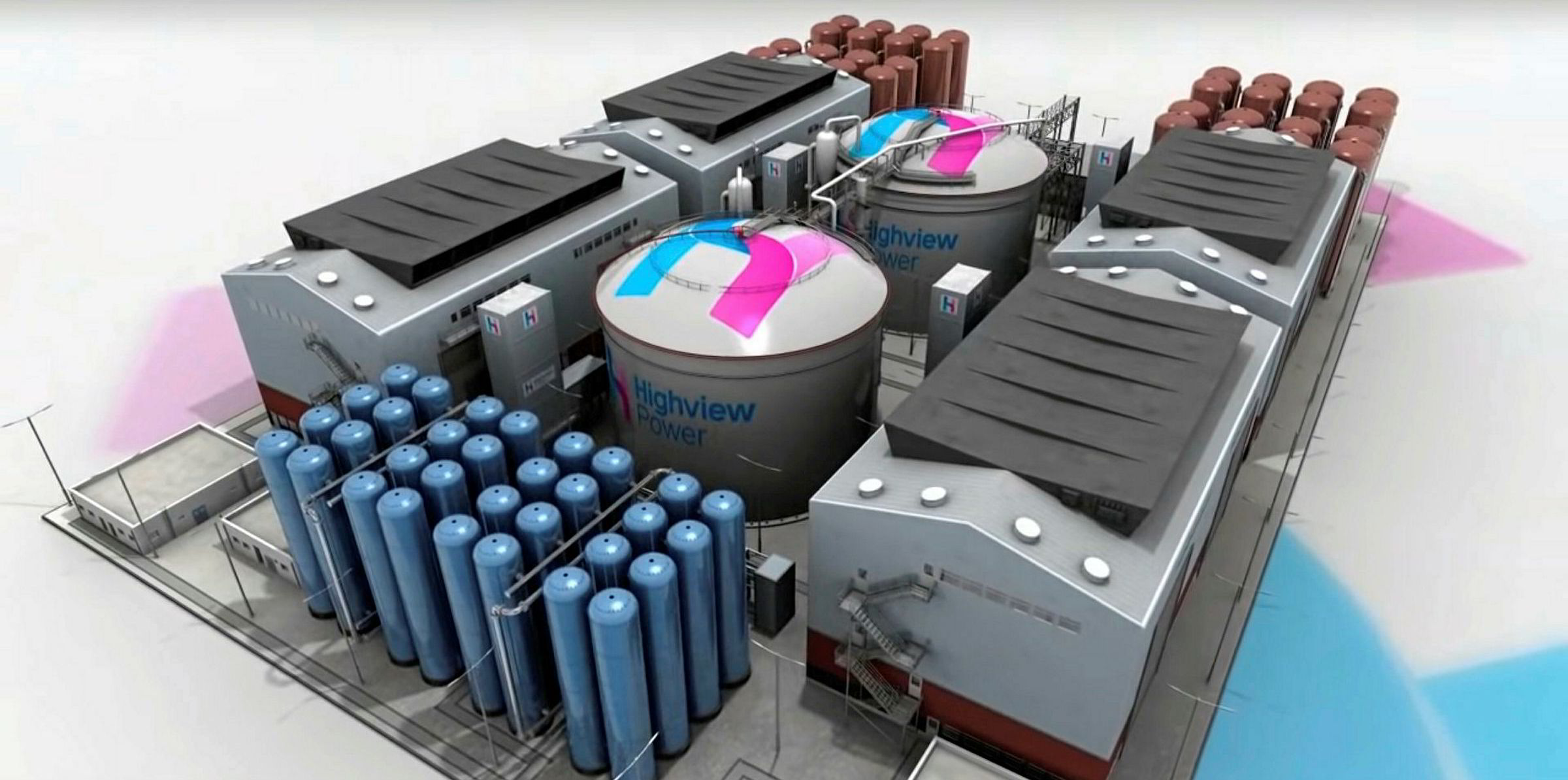The first commercial liquid-air energy storage (LAES) plant, a 50MW/250MWh "cryobattery", will begin construction in the first half of 2020 in the north of England at the site of a decommissioned thermal power station.
The unit, to be built by UK-based privately owned Highview Power, will be the first commercial project emerging from the upcoming range of build-anywhere long-duration intermittent-energy storage (Baldies) technology — which act much like pumped hydro but can be built anywhere — beating competitors such as Siemens Gamesa’s hot-rock thermal technology and Google X off-shoot Malta’s molten-salt storage.
As Baldies can store power for days and weeks, they offer a far cheaper route to 24/7 wind and solar power than lithium-ion batteries, which, generally speaking, can optimally store electricity for only around four hours.
Highview chief executive Javier Cavada tells Recharge that this initial project will be quickly followed by nine more — four in the UK of the same size and five in the US, which will be 50-100MW with eight hours of storage (ie, up to 800MWh) and be used to help balance onshore wind energy and grid constraints.
The first US project will be announced early next year, he says, adding that at least one of them will be used to provide 24-hour wind power.
There are total of 40 projects in Highview’s pipeline around the world.
“The largest projects we are looking at are in the Middle East, North Africa and Latin America — largest in megawatts and largest in megawatt hours too. There are projects we are looking at of 100MW and 200MW, with ten to15 hours of storage [ie, up to 3GWh], co-located with solar [to enable dispatchable PV].”
The first UK project, which is due to be completed in 2021, will be self-financed by Highview with a "build-own-operate-transfer" business model, which means that each project will be sold to a third party, providing income to help build the next plant. Construction will be carried out by Highview’s joint venture with EPC specialist TSK.
“Some of our partners would like to own [the projects],” says Cavada. “The offshore wind majors and the utility majors are the best friends we can have because they see the new technology ticking all the boxes of what they can do, the skills they have, and the challenges and limitations they have today.”
The as-yet-unnamed project, at an undisclosed site, will use existing substation and transmission infrastructure, with its income coming from several markets, including arbitrage (buying electricity when prices are low and selling it when prices are high), grid balancing, the capacity market, and ancillary services such as frequency response and voltage support. Discussions are still under way with potential off takers, which Cavada says is why more details about the project cannot yet be revealed.
“We are negotiating all the contracts for the services that the plant is giving, the same thing in the supply chain for all the different components of the construction, etc, so for that reason there are several confidentiality agreements that we cannot break,” he tells Recharge.
“But going to the market now with this announcement enables those parties that are competing or tendering... [to get] into the final gear to make this as competitive as possible.”
More details will be revealed in the coming months, Cavada adds.
Highview's liquid-air technology uses electricity to cool air down to -196°C, shrinking its volume by a factor of 700, which is then stored in low-pressure vacuum-insulated steel tanks — the kind that houses liquefied natural gas. When this cryogenically frozen air is exposed to ambient temperatures, it turns back into a gas and rapidly expands, with the rush of air from this 700-fold expansion directly driving an electricity-generating turbine.



